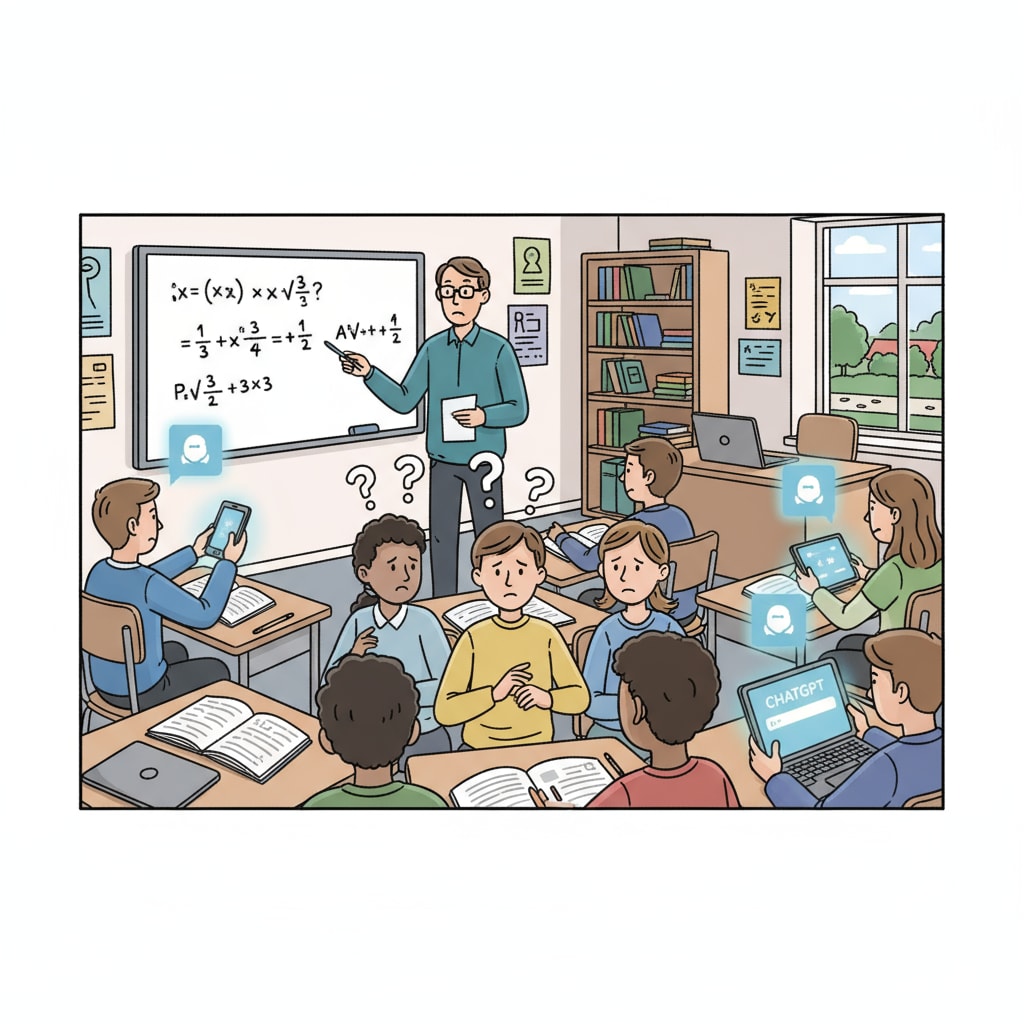ChatGPT, education, and cheating have become intertwined in the landscape of K12 education. As AI tools like ChatGPT gain popularity, they are reshaping the way students approach their academic tasks, often in ways that undermine the principles of honesty and integrity.
The New Face of Cheating
With the advent of ChatGPT, students now have a powerful ally in their quest to cut corners. For example, instead of spending hours researching and writing an essay, they can simply input a prompt into ChatGPT and receive a well-written piece within minutes. This not only saves time but also gives the illusion of knowledge and effort. According to Educause, an organization focused on education and technology, the ease of access to such tools has led to a significant increase in academic dishonesty cases.

Challenging the Essence of Learning
ChatGPT poses a serious threat to the very nature of learning. Learning is not just about getting the right answers; it’s about the process of discovery, critical thinking, and the development of problem-solving skills. When students rely on ChatGPT to complete assignments, they miss out on these crucial aspects. As stated by the National Education Association, true learning comes from grappling with concepts, making mistakes, and learning from them. Cheating with ChatGPT circumvents this process, leaving students ill-prepared for the real world.

Educators are now faced with the daunting task of redefining learning assessment and academic integrity in the age of ChatGPT. This requires a multi-faceted approach, including the use of anti-cheat software, more in-depth assessments that focus on understanding rather than rote memorization, and educating students about the importance of honesty in their academic pursuits. In conclusion, while ChatGPT offers many potential benefits, its misuse in the form of cheating must be addressed to ensure the integrity of education in the K12 system.
Readability guidance: The article uses short paragraphs and lists to summarize key points. Each H2 section has a clear focus. Passive语态 is minimized, and transition words like “for example” and “as” are used to enhance flow.


